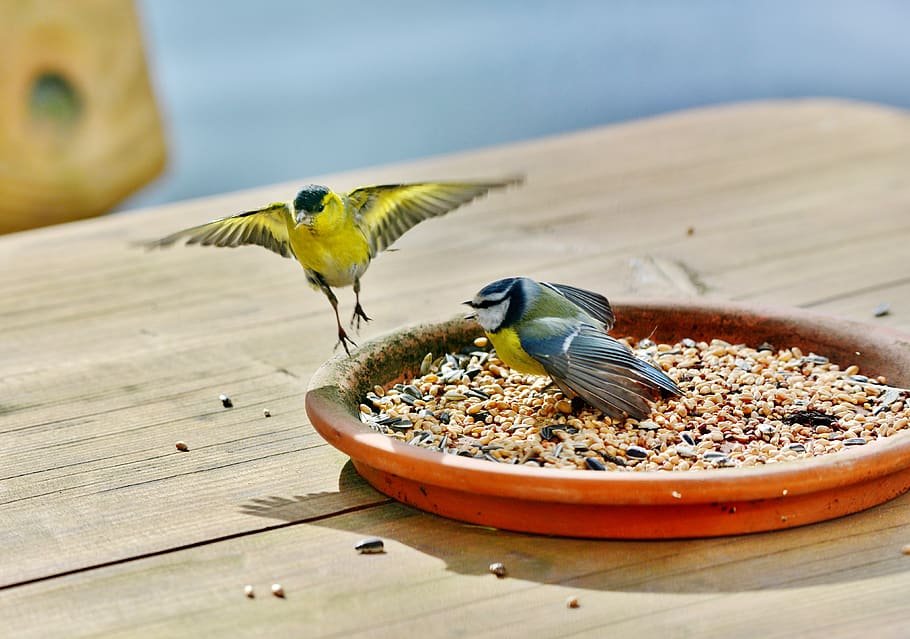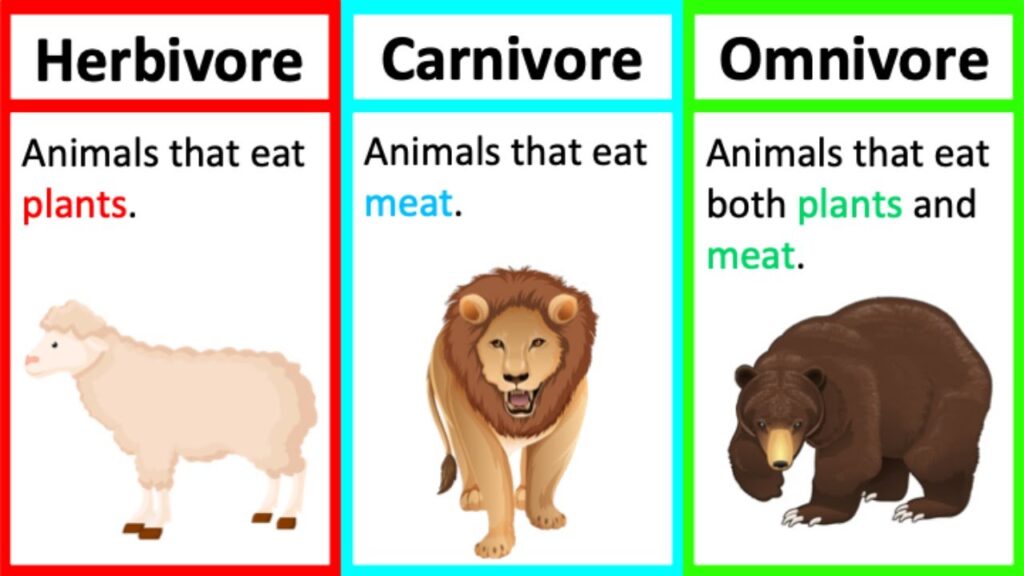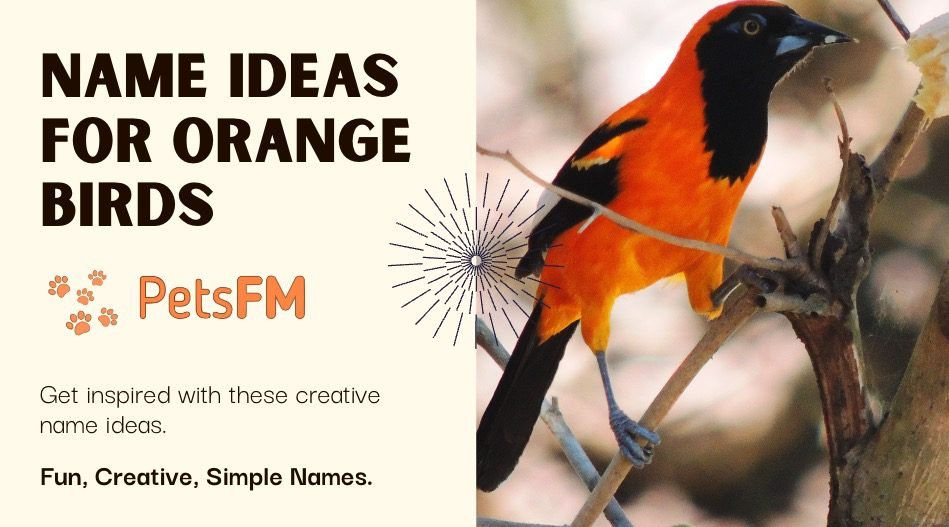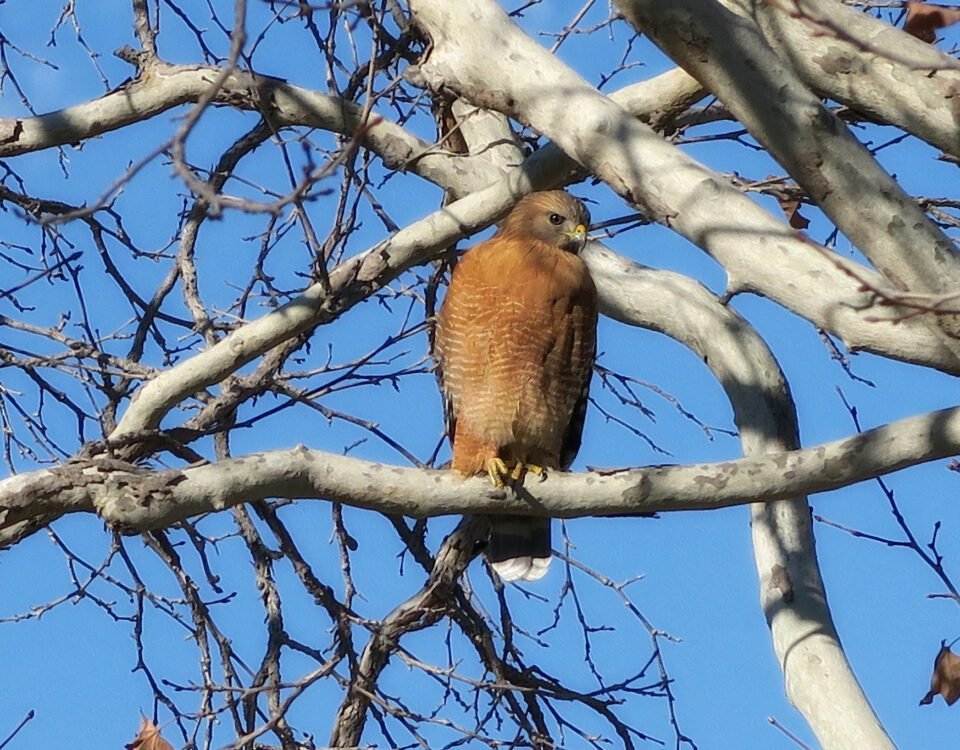


How Do Birds Attract Mates? The Scientific Explanation
September 30, 2023


How Much Does a Peacock Cost in 2024?
October 4, 2023People who enjoy watching vibrant songbirds in their garden feeders often ponder – are birds herbivores, carnivores, or omnivores? Do they eat plants, meat, or both?
Here’s a quick answer:
Most bird species are omnivores since they feed on both plant and animal materials. However, there are a few species specializing in plant-based diets, thus categorized as herbivores.
In this detailed guide, we’ll highlight species of herbivorous birds and delve deeper into their diets.
Also, Read: Why Do Birds Have Claws? The Real Reason Why!
Are Birds Herbivores?
Birds exhibit a broad range of dietary habits, and although some are herbivorous, not all fit this classification. Herbivorous birds primarily feed on plant materials such as seeds, fruits, nectar, grass, buds, and occasionally insects.


Are Birds Herbivores
However, it’s crucial to remember that not every bird is a herbivore; many opt for omnivorous or carnivorous diets. Birds like parrots, finches, and doves showcase herbivorous eating habits, feeding on various seeds, fruits, and plants. This highlights the incredible range of herbivory within bird communities.
Editor’s Pick: Why Are Birds So Cute? 10 Reasons Why Birds Are Cutest
Digestive Adaptation In Herbivorous Birds
A distinctive feature of herbivorous birds is their adapted digestive system. They often have short, sturdy beaks, ideal for breaking seeds or navigating through resilient plant matter. In contrast to their carnivorous or omnivorous counterparts, their digestive tracts are elongated and complex.
This specialized tract allows the decomposition of cellulose, the complex carbohydrate present in plant cell walls, aided by mutualistic bacteria.


Certain herbivorous birds, like parrots, possess an organ known as the crop. Serving as a food storage unit, the crop enables these birds to ingest substantial amounts of plant-based food and then digest it progressively.
Such an adaptation proves advantageous for birds that thrive on fruits and seeds, permitting them to eat in more significant amounts at once and then methodically metabolize the intake.
Recommended Read: Why Do Birds Eat Their Babies? How To Prevent It?
Examples Of Herbivorous Birds
The following list are examples of herbivorous birds that feed primarily on plant-based diets, seeds, nuts, and fruits.
- Parrots: Armed with their strong, curved beaks, they primarily consume fruits, seeds, and, at times, nectar from flowers.
- Doves: These birds are mainly seed-eaters, having evolved specific beaks and digestive systems suited for seed digestion.
- Finches: Sporting robust beaks, finches thrive on various grains and tiny seeds.
- Hummingbirds: Renowned for sipping nectar with their elongated, specialized bills, they can sometimes also ingest insects and spiders for protein.
- Lorikeets: These colorful birds predominantly dine on fruits, blossoms, and nectar, aided by their unique brush-tipped tongues.
- Geese: Often seen grazing on grass, grains, and aquatic plants, geese are herbivorous waterfowl.
- Pigeons: Closely related to doves, pigeons also have a penchant for seeds but can occasionally consume fruits and other plant materials.
- Cockatoos: These birds, like other parrot species, feed primarily on seeds, fruits, and nuts, using their strong beaks.
- Swans: Elegant waterfowl, swans graze on aquatic plants, algae, and occasionally grains.
- Blue Jays: Primarily known to eat nuts, especially acorns, and seeds, they can occasionally consume insects.
- Sparrows: These tiny birds feed primarily on seeds but can sometimes eat insects, especially during breeding season when they need more protein.
Editor’s Pick: Learn If Your Birds Can Eat Lettuce: Latest Guide
Adaptations Of Herbivorous Birds According To Their Diet
Birds have evolved a range of dietary specializations, reflecting the diversity of plant-based resources available in their environments. These specializations often come with anatomical adaptations. For instance:
Seed-Eating Birds
Seed-eater birds possess beaks adept at cracking and extracting nutrients from seeds. Finches, for example, have stout beaks for breaking tough shells, while sparrows use their conical beaks to peck seeds from vegetation.


By consuming and later expelling seeds, their role in seed dispersal helps plant distribution, enriching ecosystem diversity.
Nut-Eating Birds
Birds that feed on nuts, like blue jays, have strong, sharp beaks capable of breaking through tough nutshells. Their feeding habits aid in the spread of nut-bearing trees, ensuring forest regeneration and promoting biodiversity.


Fruit-Eating Birds
Fruit eaters, or frugivores, such as parrots and pigeons, have beaks and digestive systems that allow them to consume various fruits.
These birds play a pivotal role in fruiting plant propagation, as they disperse seeds through their droppings, facilitating the spread of fruit-bearing plants.
Nectar-Feeding Birds
Nectar-feeders, like hummingbirds, have long, slender bills and specialized tongues for sipping flower nectar. Their feeding promotes pollination by transferring pollen between flowers, helping plants reproduce.
Leaf-Eating Birds
Leaf eaters, or folivores, such as some pigeon species, have digestive systems capable of breaking down tough plant fibers in leaves. They help control plant overgrowth and contribute to the nutrient cycle by recycling plant matter.
Grass-Eating Birds
Grass-eating birds, including geese, have adapted to graze on grass blades and often possess a more extended digestive tract. They play a role in controlling grassland expansion and help maintain the balance of open habitats.


Bud-Eating Birds
Birds feeding on buds, like certain finches, use their precision beaks to nip off buds from plants. While they limit the flowering potential of some plants, they also help control excessive growth, ensuring a balanced ecosystem.
These dietary habits determine the survival of these birds and influence the health and distribution of plants, highlighting the interconnectedness of life.
Herbivore Vs. Omnivore Digestion
Diet plays a significant role in shaping the digestive systems of birds. The way herbivorous and omnivorous birds break down food shows clear differences due to their unique dietary needs.


Fermentation Chambers
Birds that mainly eat plants, like parrots and finches, have unique stomach parts that help them break down tough plant matter. These parts, called the crop and gizzard, work like the stomachs of cows and sheep.
The crop is like a storage bag for food, and the gizzard grinds the food into smaller bits. This system helps these birds get the most out of plants.
How Long Their Intestines Are
Birds that eat plants usually have longer intestines. This extra length helps them slowly break down plants and get all the good stuff out.
Like crows and sparrows, birds that eat plants and animals have shorter intestines. They need to digest their food differently because of the mix in their diet.
Different Digestive Helpers
Herbivorous birds have unique digestive mechanisms in their bodies to help them. They have enzymes, like cellulase, which break down tough plant parts.
These birds also have a diverse range of tiny bacteria inside them. These bacteria help turn plant parts into food the bird can digest. On the other hand, omnivorous birds have different and higher-concentrated enzymes that help them with the mix in their diet.
Conclusion
Herbivorous birds represent a varied group with specialized adaptations to consume plant-based foods. Over time, they’ve developed unique features, including specialized beaks and optimized digestive systems, to consume different parts of plants efficiently.
While some birds predominantly feed on seeds, others have evolved to eat fruits, nectar, grass, nuts, or buds. Some even target insects that primarily consume plants.
These avian species play vital roles in ecosystems, aiding seed distribution and plant pollination.
Delving into herbivorous birds’ dietary habits and evolutionary changes enhances our understanding of the environment’s complex interactions between avifauna and flora.



